ABOUT "NEWAY"
—— About Us ——"NEWAY" was first established in 2004 for exporting the non woven fabrics at the beginning, in 2005 we built our own factory in Zhucheng, in 2015 our Foshan production plant was established, in 2017 our Wenzhou production plant was established. Now we have 16,000 square meters manufacturing plants, 200 employees, the monthly production capacity of the machine hot seal bags is 20 million, sewing bags is millions, including nonwoven bags, laminated bags, cotton bags, polyester bags, cosmetic bags, biodegradable bags, paper bags, handwoven bags, knitted bags and storage basket series.
Our bags are 100% exported to Europe, America, Japan and the rest of the world through domestic and foreign customers. We produced bags for many famous brands. "NEWAY" is proud of being valuable and loyal cooperator to all its customers and partners. "NEWAY" has been actively responding to and abiding by the rules of trade and export, and pass the BSCI review every year. We currently has more than 70 customers long-term cooperation, with rapid response, providing the best material solution, good cost performance, on-time delivery, 100% assurance of quality, has won the cooperation of customers' growing business, and has grown up with customers.
"NEWAY" always pays attention to environmental protection, whether it is from the selection of materials or low-carbon production, it has been working hard to make its own contribution to the world environment through its own meagre strength.Quality assurance has always been the cultural purpose of every "NEWAY" staff. We have passed through this purpose since 2004. We are full of confidence and hope for the future and look forward to your cooperation together to create a better future!
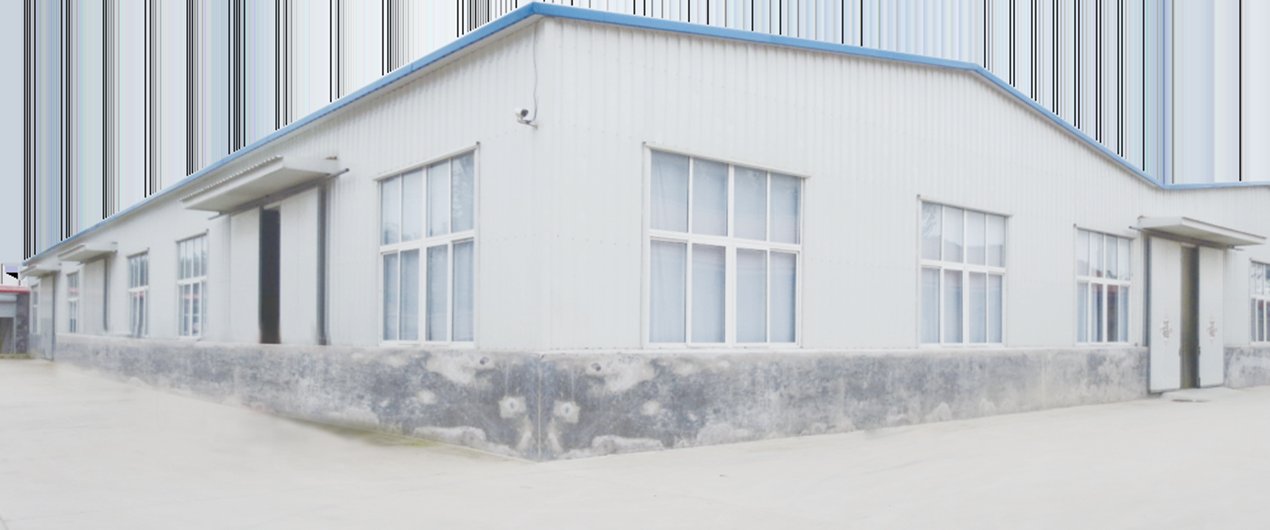

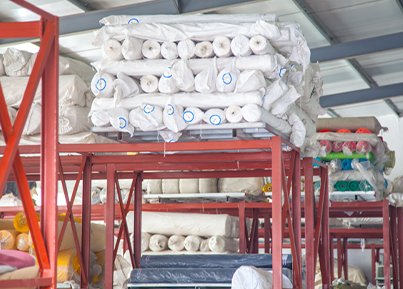

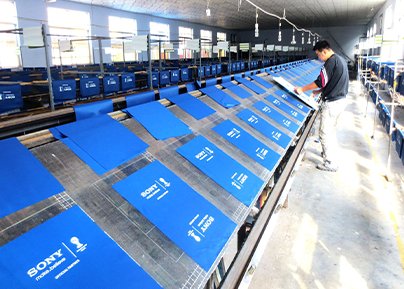
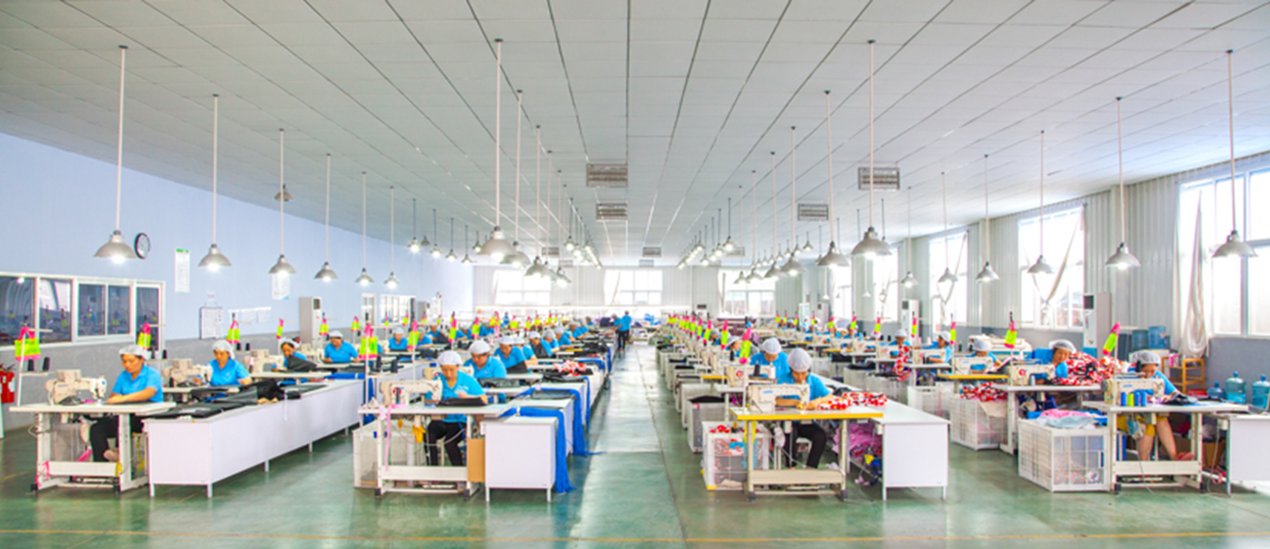
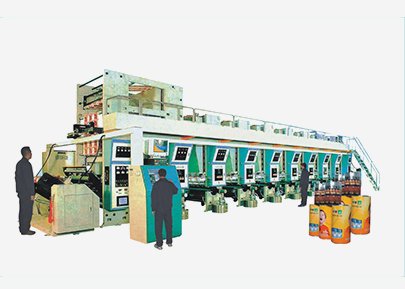

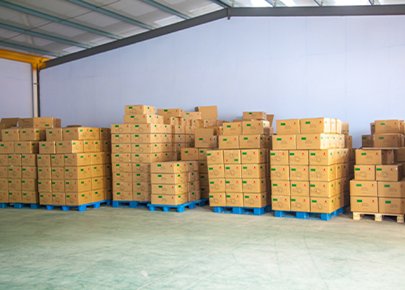
OUR ADVANTAGES
—— OUR ADVANTAGES ——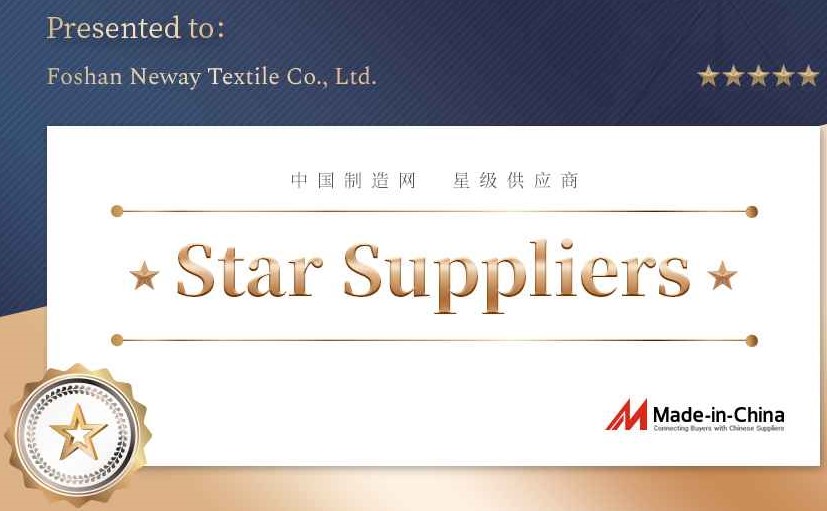
Knowledgeable Staff
Rich Experienced OEM Service
Good Quality with competitive Pricing
Excellent Delivery Time Guarantee and Sevice
PRODUCT FEATURES
—— PRODUCT FEATURES ——According to the product selection needle, wire, bottom line, according to the thickness of the product to adjust the needle pressure, and adjust the needle distance Test run to check the line distance, after the distance meets the requirements of mass production Usually 7 or 8 stitches within 1" The thread should be straight, and there can be no casting, jumping and breaking in the process of the needle Needle car must be prepared, no pinhole, overneedle The edge must be tightly wrapped, not empty, not false line, interface must not appear edge.
Use ultrasonic welding, avoid using needle and thread, omit the trouble that frequently changes needle and thread, do not have the case of broken line joint of traditional thread suturing, still can undertake neat local shear and seal to textile. Suture at the same time also plays a decorative role, strong adhesion, can achieve waterproof effect, clear embossing, the surface is more three-dimensional relief effect, fast working speed, good product effect is more high-grade beautiful; Quality is guaranteed. Using ultrasonic wave special steel wheel processing, sealing edge does not crack, does not hurt the edge of the cloth, and no burr, curling phenomenon. It does not need preheating during manufacturing and can be operated continuously. Simple operation, and the traditional sewing machine operation method is not much different, ordinary sewing worker can operate. Low cost, five to six times faster than traditional machines, high efficiency.
Cotton, canvas, non-woven fabric, polyester fabric and so on.
When broken, solid waste will not remain in the natural environment, causing harm to the environment or the harm to the environment is relatively small compared to other materials It can be completely degraded to water and carbon dioxide under industrial compost.
1) Bio-based or partially bio-based non-biodegradable plastics, such as bio-based PE, PP or PET, and bio-based technical performance polymers, such as PTT or TPC-ET;
2) Plastics that are both bio-based and biodegradable, such as PLA and PHA or PBS;
3) Biodegradable plastics based on fossil resources such as PBAT.